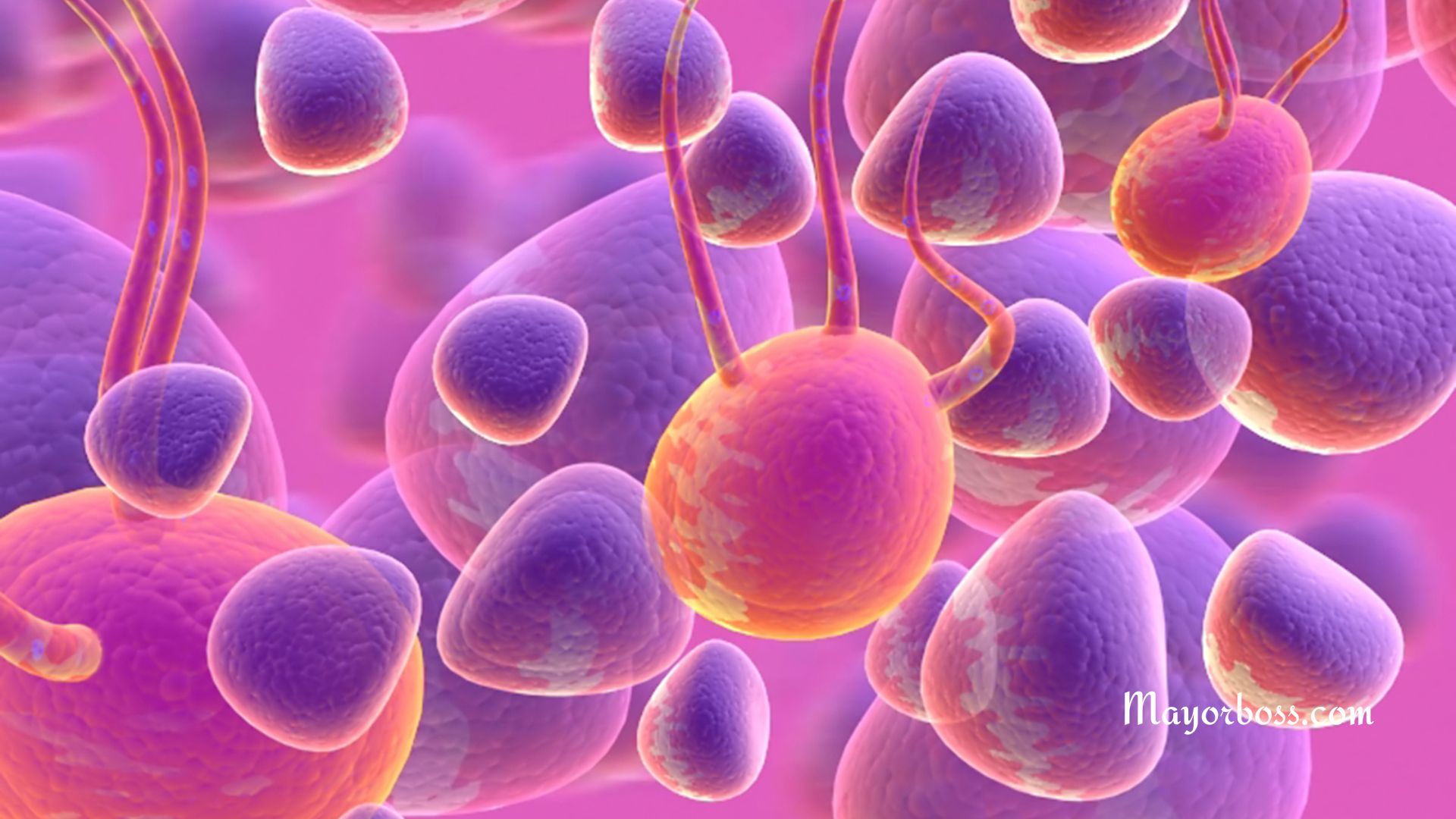What is a Cell?
What is a Cell? A cell is the basic unit of life that makes up all living organisms, from simple bacteria to complex animals and plants. Comprising various components that enable it to function, a cell is often referred to as the “building block of life.”

The Foundation of All Living Things
So, you might wonder why cells are so crucial. Well, they’re the smallest units capable of carrying out life processes like growth, energy conversion, and waste disposal. This makes them the foundation for more complex organisms. For instance, your body is made up of trillions of cells that work together to keep you alive and healthy.
Types of Cells
Prokaryotic Cells
These are the simplest forms of cells, mainly found in bacteria and archaea. They don’t have a nucleus or other membrane-bound organelles. However, they do contain DNA and essential machinery for life processes.
Eukaryotic Cells
These are the types of cells that make up plants, animals, fungi, and even you. Unlike prokaryotic cells, they have a nucleus that houses their DNA, as well as other specialized compartments, called organelles, that carry out specific functions.
Components of a Cell
Cell Membrane
The cell membrane is like the security guard of the cell. It controls what goes in and out, ensuring that essential nutrients enter while waste products are removed.
Cytoplasm
This is the jelly-like substance inside the cell where all the action happens. It holds the cell’s organelles and is the site of many chemical reactions.
Nucleus
In eukaryotic cells, the nucleus is the control center. It stores the cell’s genetic material, DNA, which dictates how the cell behaves.
Organelles
These are the specialized “factories” within the cell. Examples of organelles include mitochondria, which produce energy, and the endoplasmic reticulum, which helps make proteins and lipids.
How Cells Function
Cells are not just blobs of jelly; they’re highly organized units that perform specific tasks. For example, red blood cells in humans are responsible for transporting oxygen, while nerve cells transmit signals that allow you to think, move, and feel.
Cells also talk to each other through chemical signals. This communication is crucial for processes like healing wounds, fighting off infections, and even for the development of an organism from a single fertilized cell.
When Things Go Wrong
Sometimes, cells can malfunction. For instance, in people with cancer, cells divide uncontrollably, forming tumors. On the other hand, in diseases like diabetes, cells may not respond properly to insulin, resulting in high blood sugar levels.
Frequently Asked Questions
What is the Role of the Cell Membrane?
The cell membrane acts like a selective barrier that controls the movement of substances in and out of the cell. Imagine it as the bouncer at a club, deciding who gets in and who stays out.
Are All Cells the Same?
No, cells can be quite different in terms of function, size, and structure. For example, muscle cells are designed for contraction, while nerve cells are specialized to transmit electrical signals.
How Do Cells Reproduce?
Cells reproduce through processes like mitosis and meiosis. Mitosis is used for growth and repair, resulting in two identical daughter cells. Meiosis, on the other hand, is for sexual reproduction and results in four non-identical daughter cells.
What is a Stem Cell?
Stem cells are unique because they have the ability to turn into various types of cells. They play a crucial role in development and can be used in various medical treatments.
What Happens When Cells Die?
When cells are damaged or reach the end of their lifespan, they typically undergo a process called apoptosis, which is a form of programmed cell death. This helps to make room for new, healthy cells.
Why Do Cells Need Energy?
Cells require energy to perform all their functions, from moving to reproducing. This energy mainly comes from mitochondria, which convert nutrients into usable energy.
Can Cells Communicate with Each Other?
Yes, cells communicate using chemical signals. This is especially important in multicellular organisms, where coordination between cells is essential for survival.
What is DNA, and What Does it Do in the Cell?
DNA is the genetic material found in the nucleus of eukaryotic cells and in the cytoplasm of prokaryotic cells. It serves as the instruction manual for the cell, guiding its activities and functions.
How Do Cells Respond to Their Environment?
Cells can adapt to changes in their environment through various mechanisms. For example, in low nutrient conditions, some cells can slow down their metabolism to conserve energy.
What Causes Cells to Malfunction?
Various factors can lead to cell malfunction, including genetic mutations, exposure to toxins, and viral or bacterial infections. When cells don’t work properly, it can result in diseases and various health issues.
To Sum It Up
A cell is the basic, fundamental unit of life, equipped with the necessary components to perform vital functions. From simple bacteria to complex human beings, cells are the building blocks that make life possible. Whether functioning individually or as part of a complex system, cells are truly remarkable in their abilities.
Further Reading: What Is a Gene?






